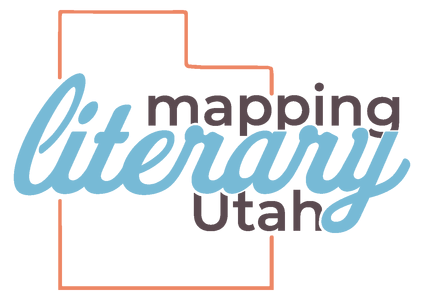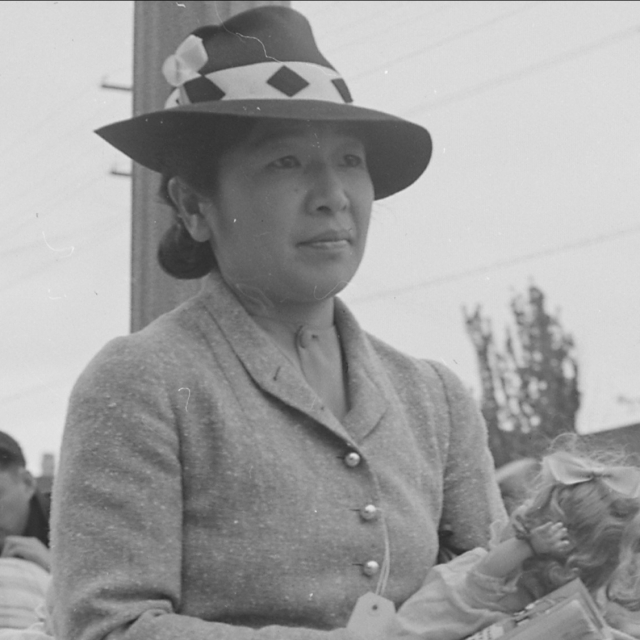Hisako Shimizu Hibi, a painter and teacher of the arts, was born on May 14, 1907 in Torihama, a small Japanese farming village. When she was a child her parents immigrated to the United States seeking better business prospects and Hibi, the eldest of six, lived with her grandmother until she was thirteen, when the children joined their parents in San Francisco. Hibi later refused to return to Japan with her parents, opting to remain in the US where she could pursue her education and art rather than becoming the primary caregiver for her five younger siblings. Now completely alone in San Francisco, she graduated from Lowell High School in 1929, studied Western-style oil painting at the California School of Fine Arts, and exhibited her work at the San Francisco Art Association. Here Hibi also met George Matsusaburo Hibi, a fellow student and painter, and married him in 1930. Three years later, the Hibis moved to Mount Eden, California, and then to Hayward, where they raised their son Satoshi and daughter Ikubi until the family's forced removal to US internment camps in 1942.
At Topaz, Hibi painted seventy-two oil paintings, which often depicted the daily lives of mothers in the camp and nostalgic imagery from life before the camp. She also taught art to fellow inmates at Tanforan and Topaz, along with other prominent Japanese and Japanese-American artists. Following World War II, the Hibi family relocated to New York City, and Hibi worked in a garment factory to support herself and her children after her husband's death. She also returned to school, studying at the Museum of Modern Art, and became a U.S. citizen in 1953 following the Immigration and Nationality Act of 1952. After moving back to San Francisco, where she lived until her death in 1991, Hibi exhibited her work widely in the Bay Area, earning an Award of Honor from the San Francisco Arts Commission in 1985 and becoming an early member of the Asian American Women Artists Association.
Today, the oil paintings from Hibi's internment period can be found in four locations: one at the Oakland Museum of California, one at the San Francisco Buddhist Church, seven with a private collector, and sixty-three at the Japanese American National Museum, where the Hibi family donated them. However, many are also available to be viewed online through digitized collections offered by the Japanese American National Museum, the Online Archive of California, and the University of California's CaliSphere. Asian American Books also offers a gallery of the paintings from Peaceful Painter: Memoirs of an Issei Woman Artist, Hibi's memoir and sole written work.
Hibi began documenting her experiences of the Japanese-American internment movement during her time at Tanforan, continuing through the family's removal to Topaz and their relocation to New York City. Hibi also began working on her own memoir in the form of a children's book during the early 1950s, though she put this idea on hold after author Yoshiko Uchida, who also wrote children's books, warned her that publishers would require heavy editing to standardize her English. For the remainder of her life, Hibi focused more on her art, and her memoir, now titled Peaceful Painter: Memoirs of an Issei Woman Artist, was later edited by her daughter Ibuki Hibi Lee and published posthumously by Heyday Books in 2004. The memoir was accompanied by an exhibition of Hibi's work, both paintings from the internment period and her later more abstract work, at the Japanese American National Museum.
Bibliography
- Peaceful Painter: Memoirs of an Issei Woman Artist, ed. Ibuki Hibi Lee, Heyday Books, 2004
Links
Artist Statement on Art Asia America
Japanese American National Museum Hisako Hibi Collection
Hisako Hibi Collection Calisphere
Hisako Hibi Gallery for Peaceful Painter

